Reviewed by Julianne Ngirngir
Apple's loyalty numbers have been the stuff of legend in the smartphone world, but recent data suggests the company's grip on customers might not be as ironclad as it once was. While Apple still dominates loyalty rates at 89%, that's down from a peak of 94% in 2021. Meanwhile, Samsung has climbed to 77% retention, and the industry average hovers well below 70%. What's particularly interesting is how carrier switching patterns are revealing new dynamics in this loyalty landscape, with 17% of iPhone buyers in Q2 2024 being former Android users - the highest we've seen in five years.
The loyalty gap: Apple vs. Android in 2024
Let's break down what the numbers actually tell us about brand switching patterns. iPhone users remain more loyal than Android users, but the margin isn't as dramatic as Apple's marketing might suggest. In 2024, 11% of Android buyers were previously iPhone users, while 17% of iPhone buyers switched from Android.
These switching patterns reveal distinct economic motivations that drive platform migration. The income gap between user bases tells the story clearly: iPhone users earn an average of $53,251 annually compared to $37,040 for Android users. This economic divide explains why 29% of iPhone-to-Android switchers point to affordability as their primary reason, while 47% of Android-to-iPhone switchers cite superior user experience.
The regional data reveals fascinating economic and cultural dynamics at play. In the US, iPhone holds 61.2% market share, while in Europe, Apple commands just 31.48%. The Asia-Pacific contrast is even more dramatic: iPhone captures 68.75% in Japan but Android dominates with 95.16% in India.
These geographic variations underscore how loyalty isn't just about device preference - it's shaped by purchasing power, cultural status signaling, and local market dynamics. The iPhone's premium positioning creates a self-reinforcing cycle in affluent markets while limiting penetration in price-sensitive regions where Android's diversity of options better serves varied economic needs.
How carrier changes affect device loyalty
Here's where things get really interesting for the Apple ecosystem. The relationship between carrier switching and device loyalty isn't as straightforward as you might expect. 14% of US consumers are "very likely" to change carriers, according to a 2024 survey of over 9,000 consumers.
But carrier switching doesn't automatically trigger device switching - a dynamic that actually strengthens Apple's position. The introduction of eSIM technology has created unexpected market behaviors. eSIM hasn't created the increased subscriber churn carriers feared, because switching carriers remains inconvenient despite the technology. You still need new plans, credit checks, and data transfers - most people would rather negotiate with their current carrier.
This separation of carrier and device loyalty creates competitive advantages for Apple's ecosystem approach. Apple's ecosystem includes seamless integration between iPhone, iPad, Mac, Apple Watch, AirPods, and HomePod, creating switching costs that transcend carrier relationships. When someone changes carriers but keeps their iPhone, they maintain access to the broader Apple services ecosystem that generates $85.8 billion in quarterly revenue.
The behavioral data reinforces this ecosystem lock-in effect. iPhone users spend 4 hours and 54 minutes on screen time daily and send 58 text messages, compared to Android users' 3 hours and 42 minutes and 26 messages. This deeper engagement creates habits and dependencies that persist regardless of carrier choice, making the iPhone experience carrier-agnostic while simultaneously making device switching more costly than plan switching.
The ecosystem advantage: why Apple still leads
Despite the softening loyalty numbers, Apple's ecosystem strategy continues to pay dividends through network effects that compound over time. Over 2.2 billion active Apple devices create a self-reinforcing value proposition that becomes more compelling as users add devices to their collection.
The economic impact of this ecosystem approach extends beyond hardware sales into behavioral spending patterns. iPhone users spend an average of $12.77 per app versus $6.19 for Android users - more than double the per-app investment. This spending differential reflects not just higher disposable income, but deeper engagement with the platform and willingness to invest in the ecosystem experience.
Apple's premium positioning reinforces this ecosystem value creation. iPhones lead with 57% global market share in the $400+ segment and 78% in the ultra-premium $1,000+ category. When customers make that initial premium investment, they're more likely to protect it with complementary products - Apple Watch for fitness tracking, AirPods for seamless audio, iPad for content consumption - each purchase deepening their ecosystem commitment.
The innovation pipeline sustains this ecosystem advantage through continuous value enhancement rather than revolutionary change. Apple spent $29.915 billion on R&D in 2023 and received 2,536 patent grants. With 84% of consumers considering innovation important and 75% willing to pay premiums for innovative products, this sustained investment directly supports the ecosystem's competitive moat.
Apple's NPS score of 72 - well above industry averages - reflects not just product satisfaction but advocacy for an integrated digital lifestyle that competitors struggle to replicate at equivalent scale and quality.
What this means for Apple's future strategy
Bottom line: Apple's loyalty erosion represents evolution, not collapse, in a maturing smartphone market where differentiation increasingly depends on ecosystem integration rather than individual device features. The 5-percentage-point drop from 94% to 89% signals millions of customers exploring alternatives, but Apple maintains the industry's highest retention rate while competitors struggle to break 77%.
The carrier dynamics reveal strategic opportunities as eSIM technology becomes standard. When carrier switching becomes frictionless but ecosystem switching remains costly, Apple's integrated approach creates competitive barriers that traditional hardware manufacturers can't match through device specifications alone.
Samsung's midrange Galaxy A series success among cost-conscious buyers highlights the strategic imperative for Apple to address price sensitivity without diluting ecosystem value. The challenge lies in making the ecosystem accessible to broader income segments while maintaining the premium experience that justifies higher margins.
The generational data provides long-term strategic clarity. 58% of 18-34 year-olds prefer iPhones, suggesting that as digital natives mature into peak earning years, Apple's ecosystem positioning could strengthen rather than weaken. These users aren't just buying phones - they're investing in integrated digital lifestyles that become more valuable over time.
For Apple, the strategic path forward requires balancing ecosystem expansion with accessibility. The loyalty metrics may show modest softening, but customer retention rates above 90% combined with the strongest ecosystem integration in the industry position Apple to capitalize on the shift from hardware-centric to experience-centric competition. The companies that win the next decade won't just make the best individual products - they'll create the most compelling and sticky digital ecosystems that enhance users' entire relationship with technology.







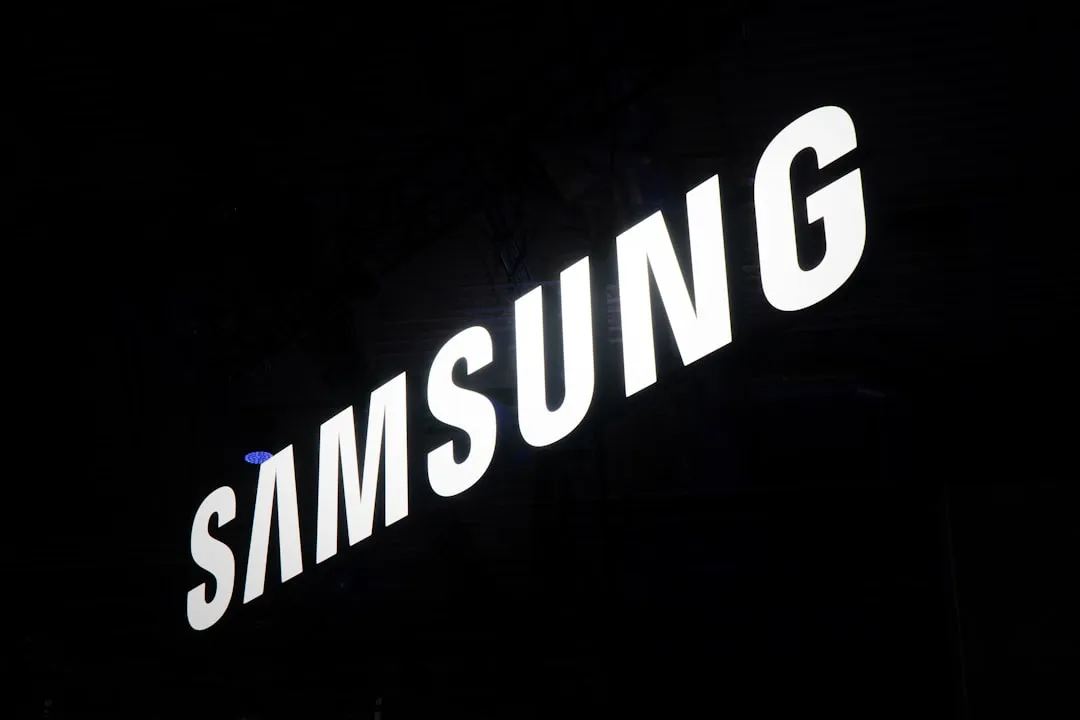


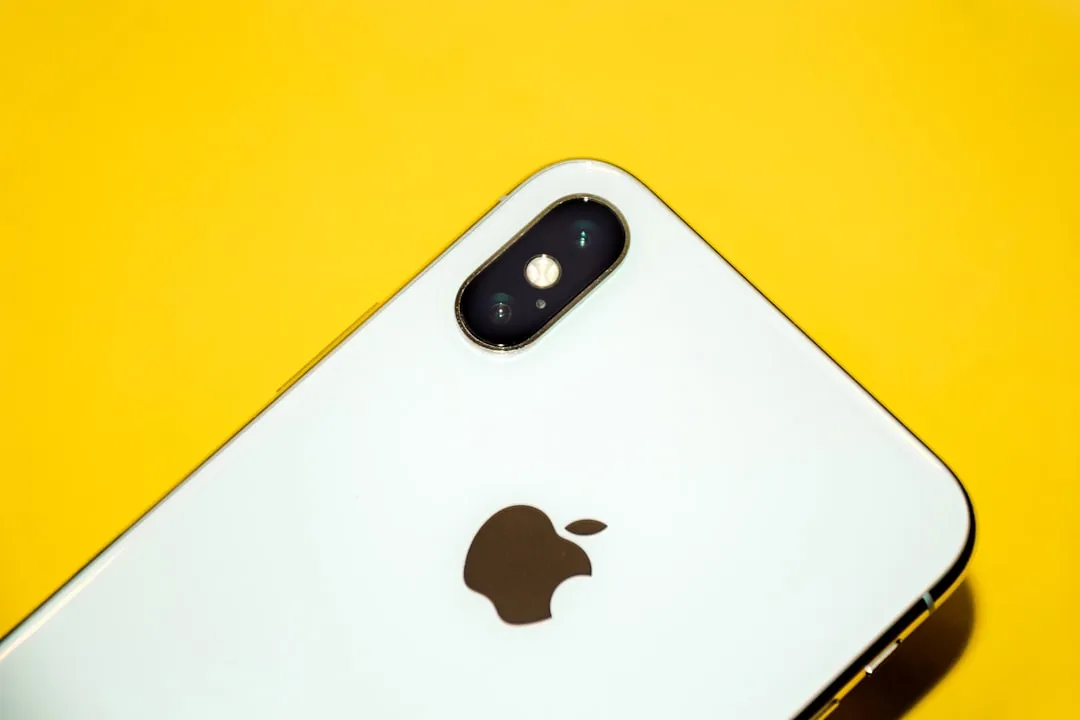

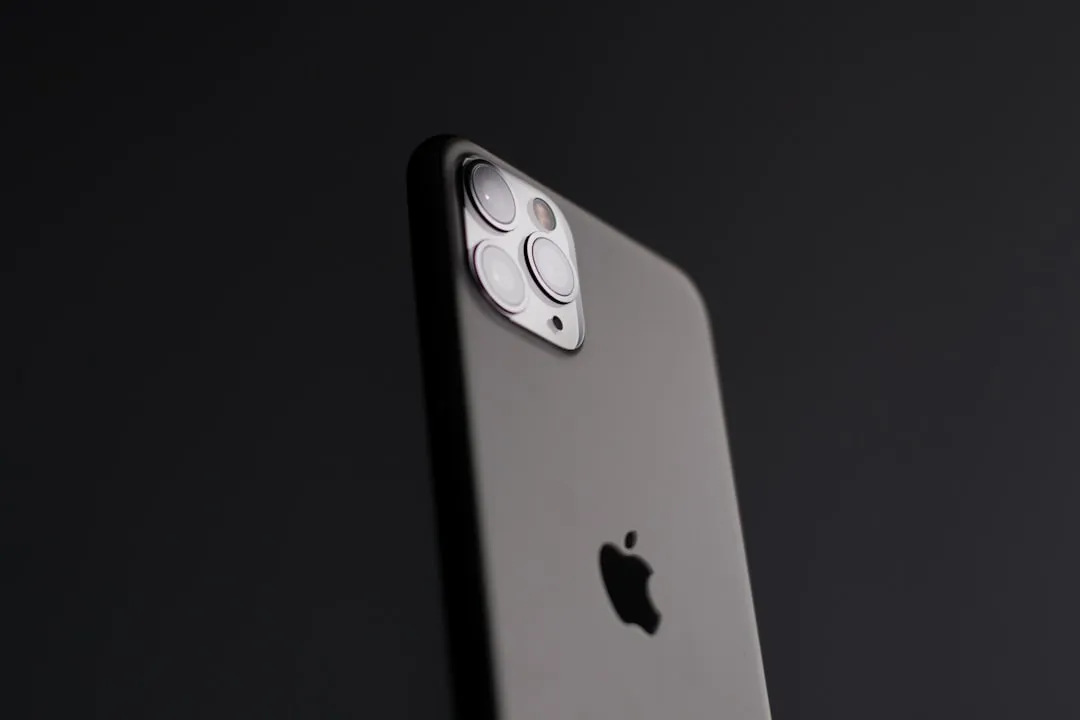


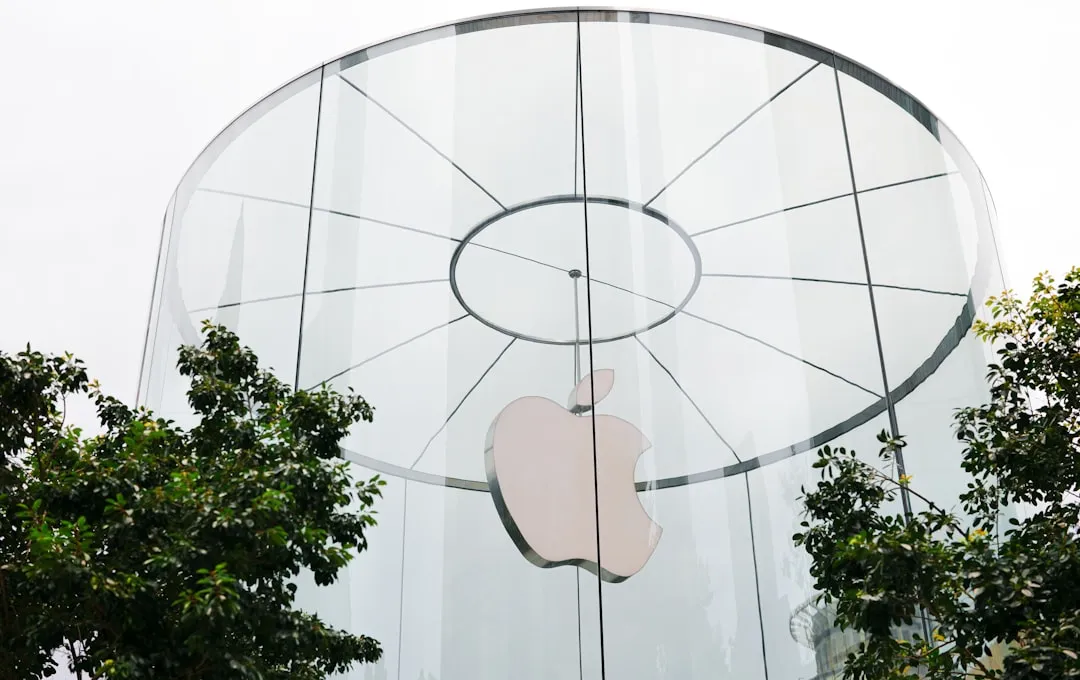
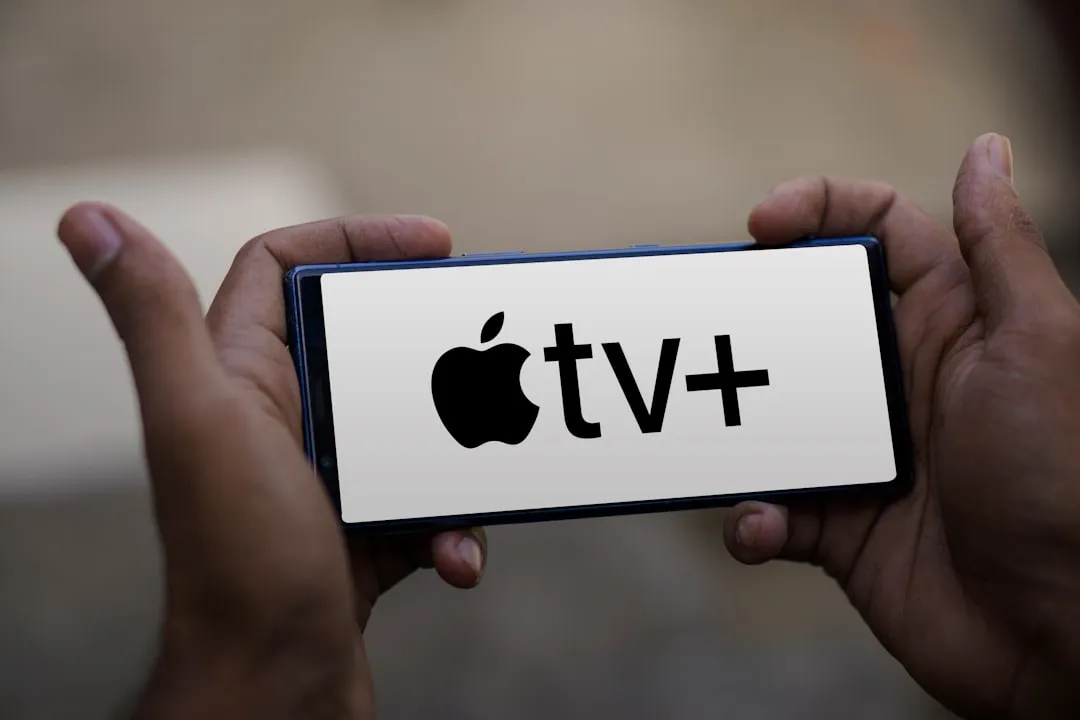
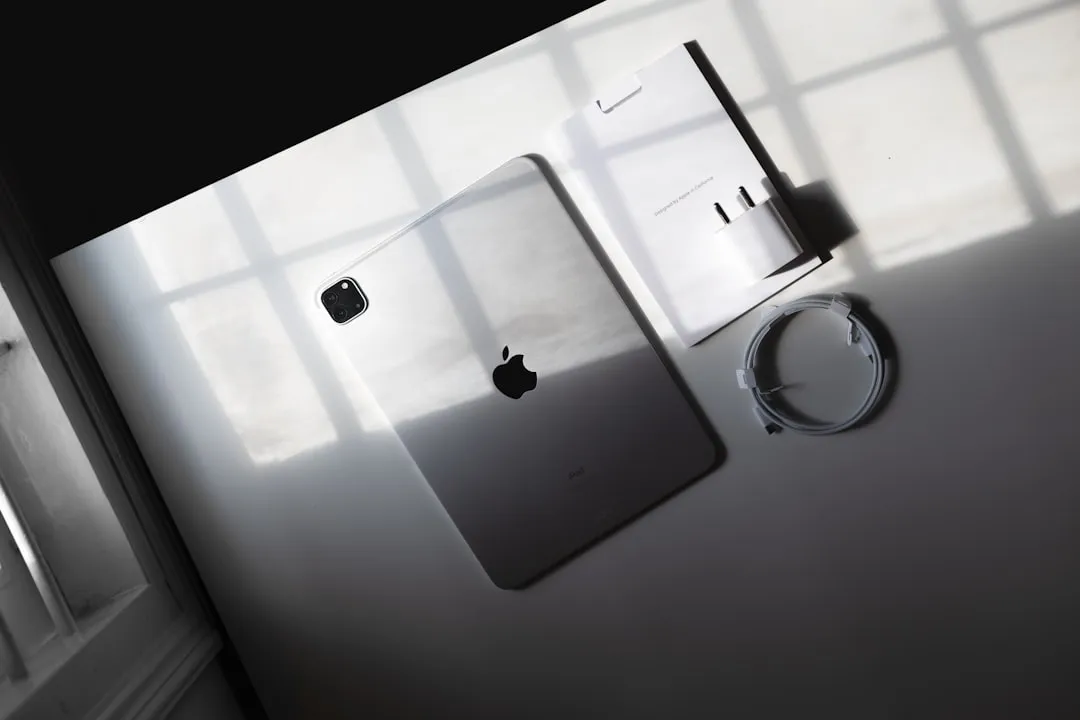
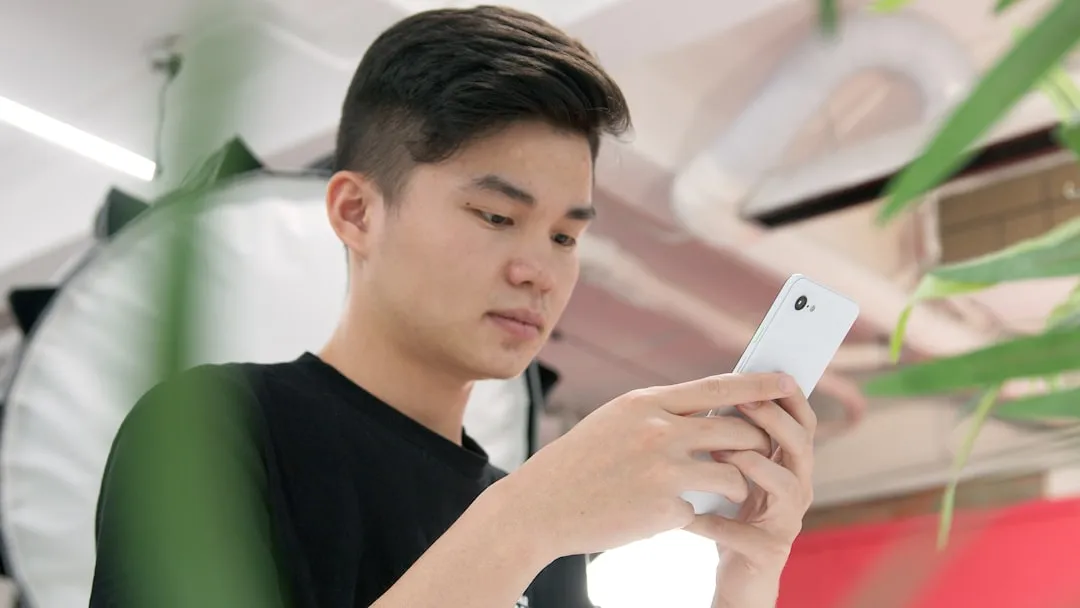
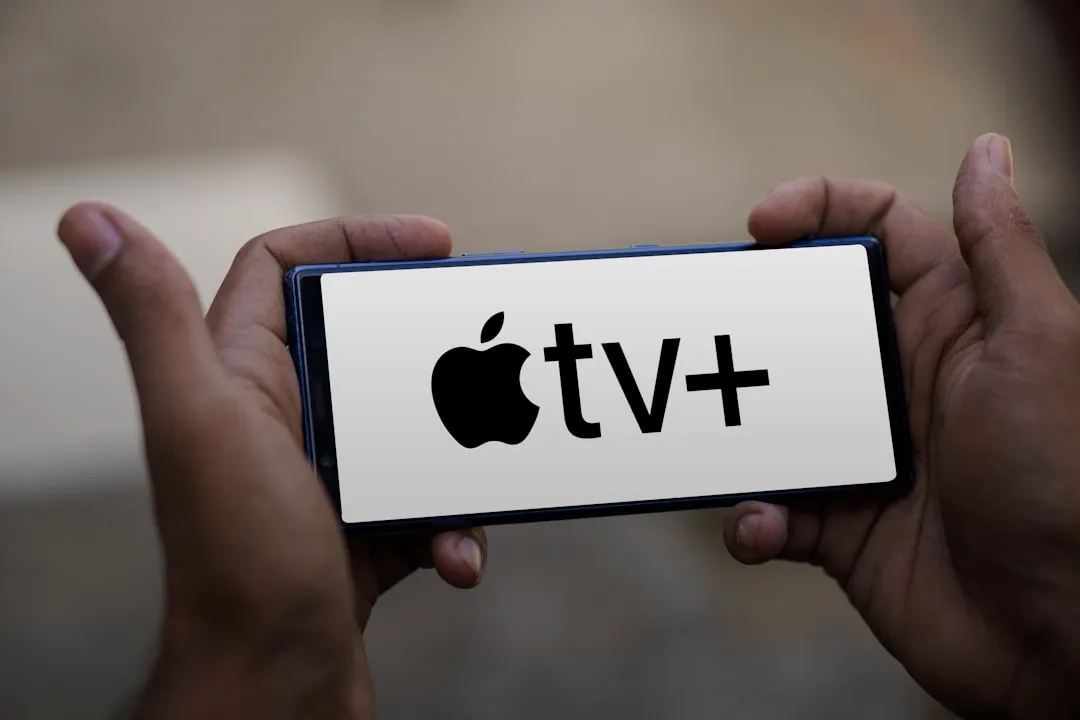

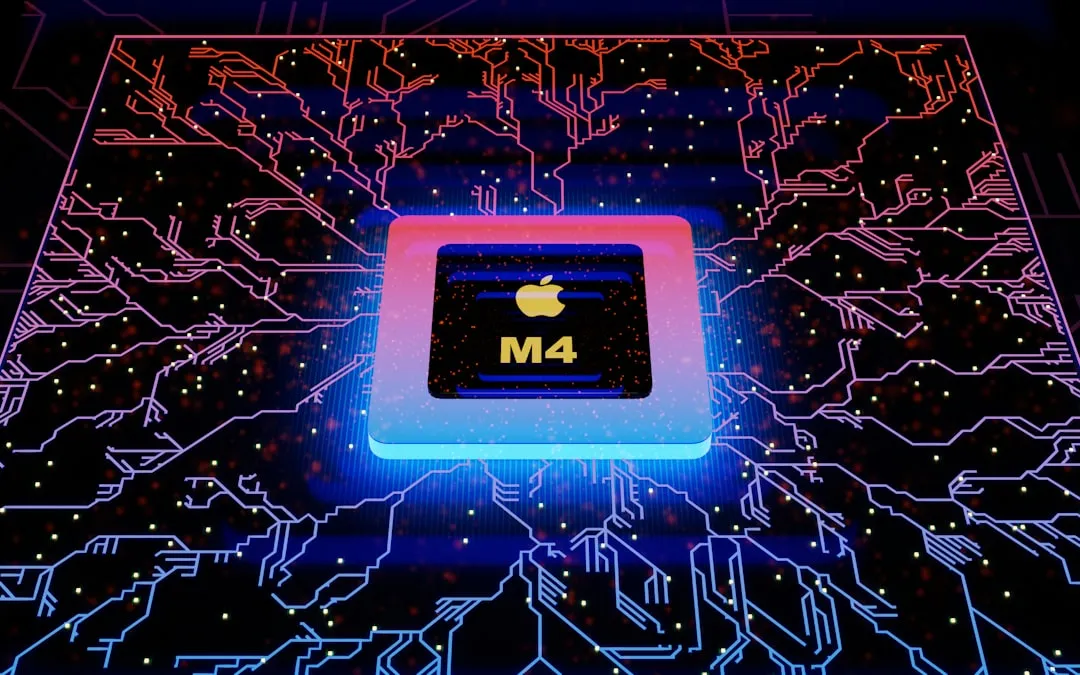
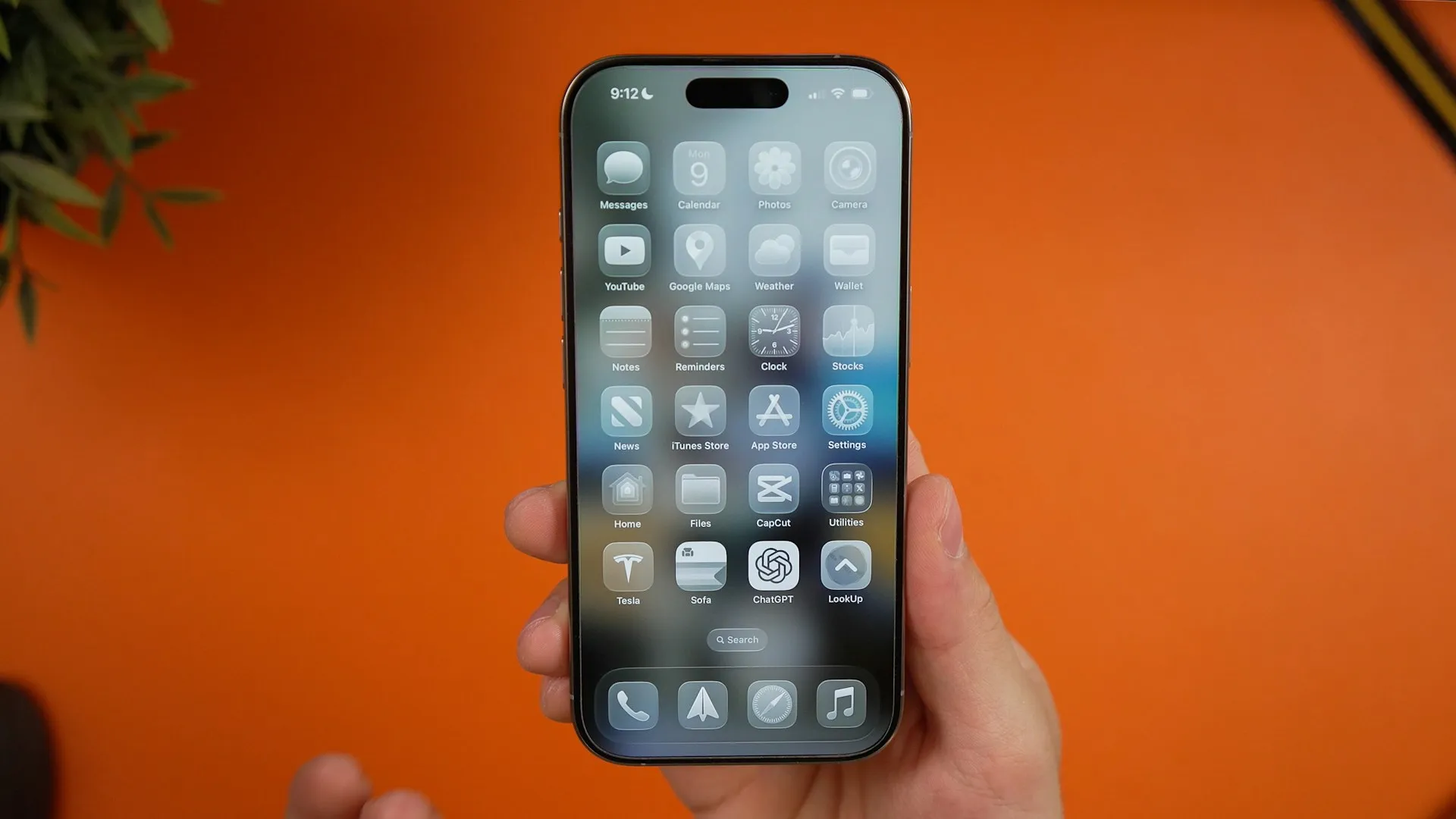

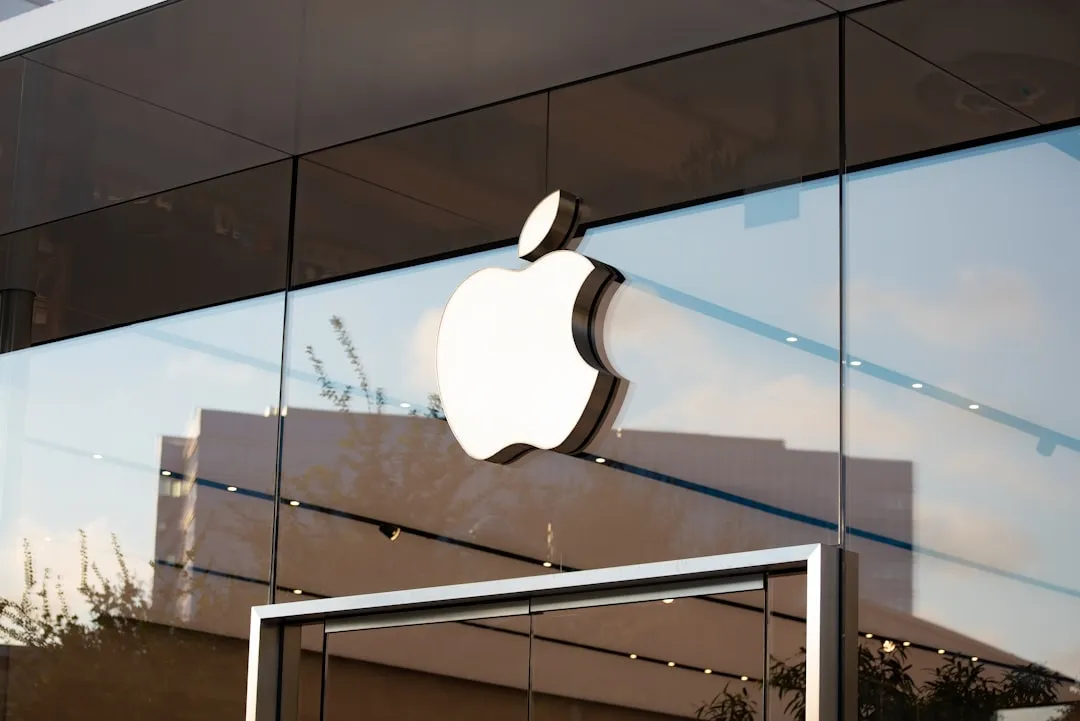



Comments
Be the first, drop a comment!